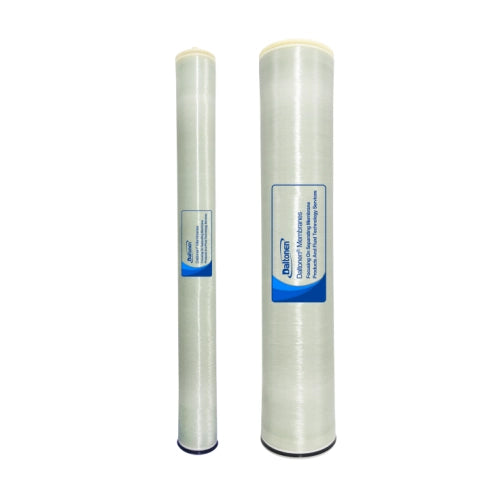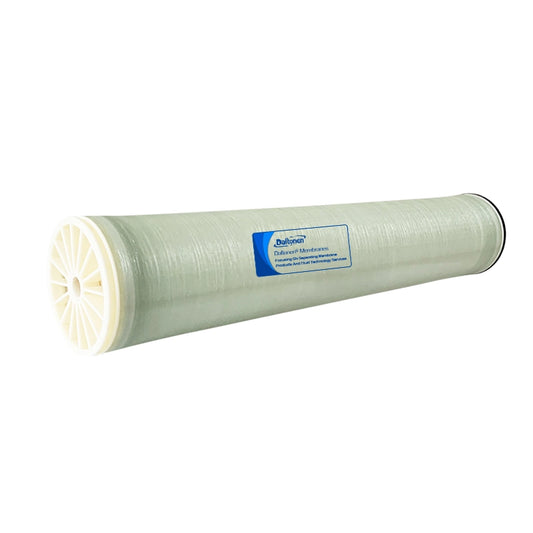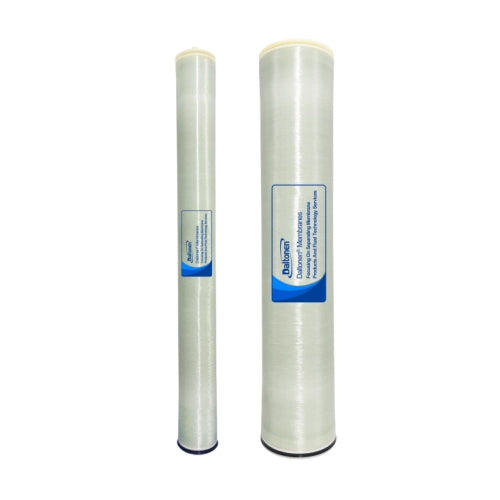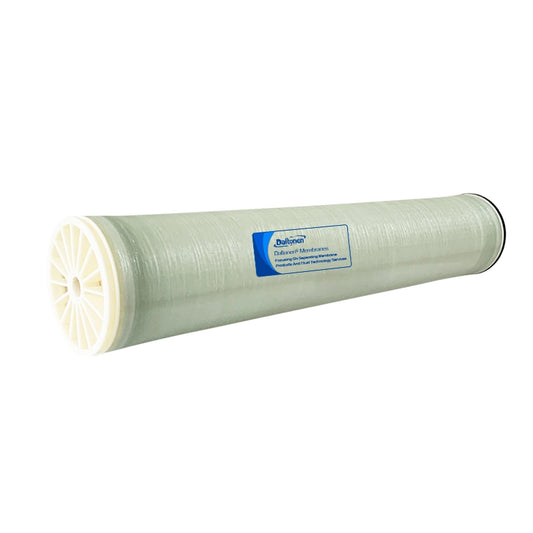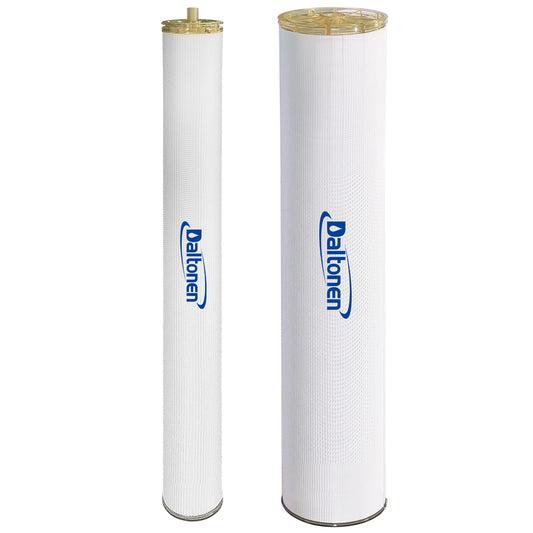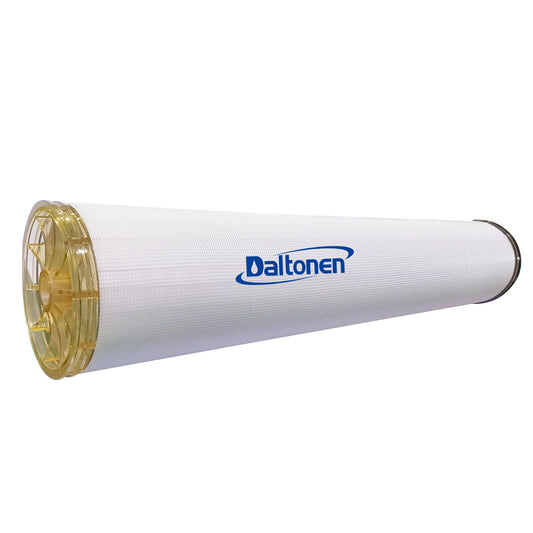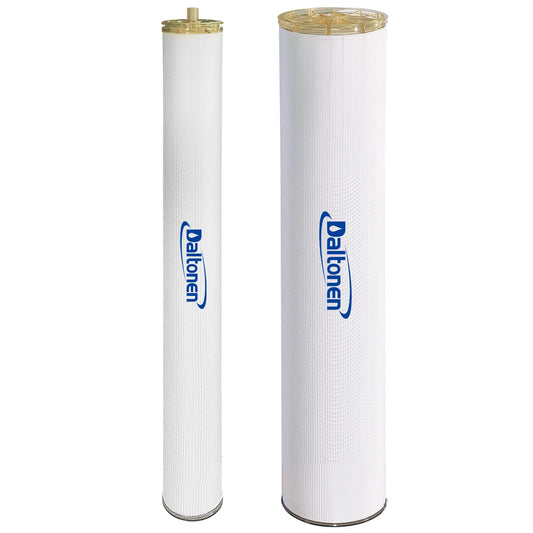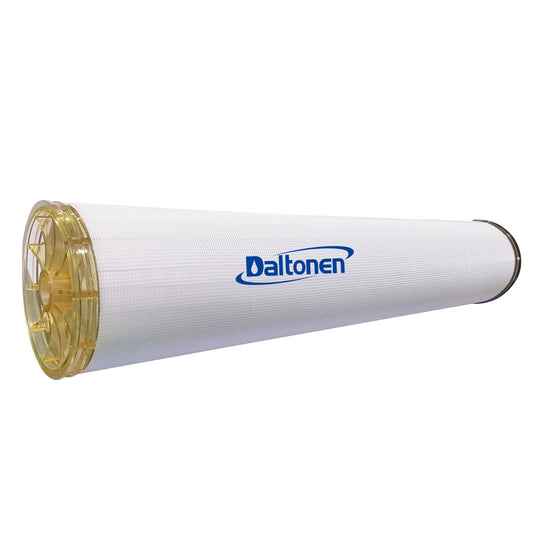Ammonium Solution Concentration Process Plan
10 Apr 2025
I. Nanofiltration Membrane Ammonium Nitrate Solution Concentration Process and Parameters
1. Process Overview
Nanofiltration membrane is a highly efficient selective permeable membrane that can remove water, suspended solids, and some solutes from the solution while retaining the main components such as ammonium nitrate. In the ammonium nitrate solution concentration process, nanofiltration membrane can be used in the pretreatment and concentration stages to ultimately obtain concentrated ammonium nitrate solution or crystals.

2. Process Parameters
2.1 Nanofiltration Membrane Selection
-
Membrane Type: Select ultrafiltration or nanofiltration membranes suitable for ammonium nitrate solution, typically with a membrane pore size of 0.5-1 microns.
-
Membrane Flux: The flux of nanofiltration membranes is usually 1-10 L/(m²·h), chosen based on the solution's viscosity and concentration requirements.
-
Membrane Material: Use high-performance polyamide-based membranes or super molecular weight polyethylene (SPE) membranes to ensure long-term stability.
2.2 Pressurized Concentration Parameters
-
Pressurized Pressure: The pressure for pressurized concentration is typically between 50-100 bar. Excessive pressure can increase solution viscosity, affecting concentration efficiency, while too low pressure will not effectively concentrate the solution.
-
Pressurized Flow Rate: The feed flow rate is usually 1-10 L/min, adjusted according to equipment capacity and solution viscosity.
-
Concentration Ratio: The concentration ratio is 1:10 to 1:50, chosen based on the solution's characteristics.
-
Concentration Temperature: The concentration temperature is controlled at 50-70℃ to prevent decomposition of the ammonium nitrate solution.
2.3 Post-Treatment Parameters
-
Reverse Osmosis Equipment: Use reverse osmosis membranes for further concentration. The flux of reverse osmosis membranes is typically 0.1-0.5 L/(m²·h).
-
Ion Exchange: Use ion exchange resins (such as C18-M Gundlach) to remove excess ions and impurities from the solution.
-
pH Control: After reverse osmosis and ion exchange, the pH value should be controlled between 6.0 and 8.0.
2.4 Evaporation Crystallization Parameters
-
Evaporation Temperature: The evaporation temperature is typically controlled at 100-120℃ to promote the crystallization of ammonium nitrate.
-
Evaporation Rate: The evaporation rate is usually 1-10 kg/(m²·h), adjusted based on the viscosity of the concentrated solution and the crystallization ability.
-
Crystallization Time: The crystallization time is typically 1-3 hours, adjusted according to the capacity of the evaporation equipment and the nature of the concentrated solution.
2.5 Pressure and Temperature Control
-
Pressure Fluctuation: During pressurized concentration, pressure fluctuations should be within ±10%-15% to avoid damaging the membrane.
-
Temperature Fluctuation: Temperature fluctuations during the concentration process should be within ±2-3℃ to ensure solution stability.
2.6 Flow Rate Parameters
-
Feed Flow Rate: Choose an appropriate feed flow rate (usually 1-10 L/min) based on the flux of the nanofiltration membrane and concentration requirements.
-
Concentrated Flow Rate: The flow rate after concentration is typically 0.1-1 L/min, adjusted according to specific needs.
3. Quality Control Parameters
-
Sampling Frequency: Analyze pH value, ion concentration, and impurity content by sampling before and after concentration, before reverse osmosis, and before crystallization.
-
Impurity Content: The impurity content in the final concentrated solution should be ≤0.1%, with a pH value between 6.0 and 8.0.
-
Ammonium Nitrate Purity: The purity of the crystallized product should reach 99.9%-99.99%, adjusted according to specific application requirements.
4. Process Optimization Suggestions
-
Pressure Adjustment: Adjust the pressurized pressure according to the solution's viscosity and concentration requirements to improve concentration efficiency.
-
Temperature Optimization: Optimize the concentration temperature based on the thermal stability of the ammonium nitrate solution to avoid decomposition caused by excessive temperature.
-
Membrane Life Management: Regularly check the flux changes of the nanofiltration membrane. Replace the membrane in time when the flux decreases by more than 10% to extend its service life.

II. Brief Plan
1. Equipment Selection
-
Nanofiltration Membrane: Select ultrafiltration or nanofiltration membranes with a pore size of 0.5-1 microns based on solution concentration and concentration requirements.
-
Pressurized Equipment: Pressurized concentration equipment, typically using reverse osmosis or nanofiltration membrane pressurized concentration systems.
-
Reverse Osmosis Equipment: Reverse osmosis equipment for further impurity removal.
-
Ion Exchange Equipment: Ion exchange resins for ion impurity removal.
-
Evaporation Equipment: Evaporation equipment for concentration and crystallization.
2. Operating Parameters
-
Nanofiltration Membrane Flux: Typically 1-10 L/(m²·h).
-
Pressure: During pressurized concentration, the pressure is usually between 50-100 bar.
-
Temperature Control: The concentration process is controlled at 50-70℃ to prevent solution decomposition.
3. Quality Control
-
Sampling Analysis: Regularly sample and analyze the pH value, ion concentration, and impurity content of the solution during the concentration, post-treatment, and purification processes.
-
Product Purity: Ensure that the concentrated ammonium nitrate product meets the specified purity requirements (e.g., impurity content ≤0.1%, pH value between 6.0 and 8.0).
4. Process Optimization
-
Pressure Adjustment: Adjust the pressurized pressure according to the solution's viscosity and nanofiltration membrane flux to improve concentration efficiency.
-
Temperature Optimization: Optimize the concentration temperature based on the solution's thermal stability to prevent decomposition caused by excessive temperature.
-
Membrane Life Management: Regularly check the flux changes of the nanofiltration membrane and replace it in time to extend its service life.
Tags:
